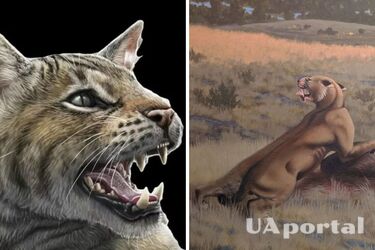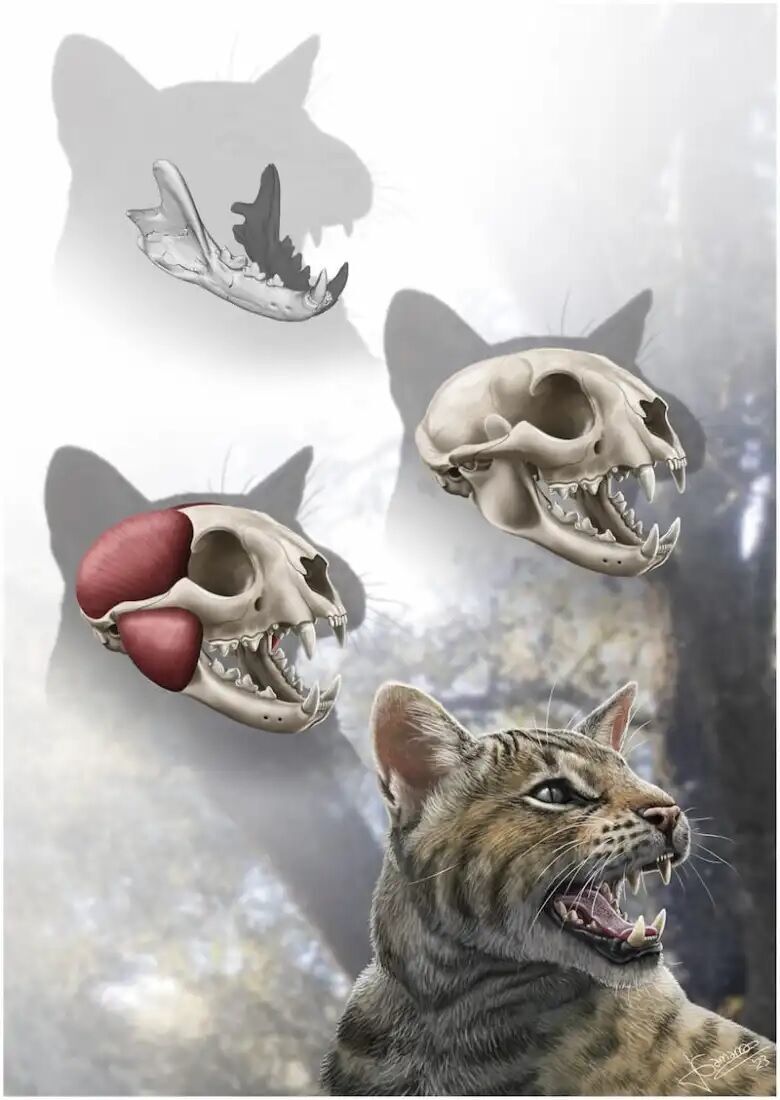Archaeologists in Madrid find 15 million-year-old bone belonging to a previously unknown animal species (photo)

A team of paleontologists from the National Museum of Natural Sciences in Madrid (MNCN-CSIC) has described a new species of feline that lived in the city about 15.5 million years ago, in the Middle Miocene. They named the new genus and species Magerifelis peignei.
This discovery is crucial for understanding the evolution of felines, as they represent a previously unknown form with a primitive tooth and jaw structure, writes labrujulaverde.
The name of the genus comes from the city of Madrid, "Felis" in Latin means "cat". The species is dedicated to Stéphane Peigné, a French paleontologist who collaborated with the team. The description is based on a jaw found in 2007 at the Principe Pio fossil site during construction work at a railway station.

"In the Miocene, between 20 and 5 million years ago, there lived a group of small felines about which very little is known. Until now, only a few teeth and bone fragments have been found," explains researcher Manuel Sales.
"In 2007, we found this important site in Príncipe Pio, where a cat jaw stood out, and we have just published its study," he added.

The team was able to recover a nearly complete jaw with almost all of the dentition in excellent condition. The most unexpected finding was the presence of a tiny second lower molar, a tooth that is absent in all living and fossilized felines, except for Proailurus. Thanks to computed tomography, they were able to study the internal morphology of the teeth.
"The jaw is stronger than that of felines of this size, indicating an adaptation to withstand considerable stress while hunting relatively large prey," explained Sales. In addition, the jaw muscles had highly developed insertion areas, indicating greater muscle mass.
15.5 million years ago, the climate in Madrid was warmer, with rich grasslands and forests that were home to a rich mammalian fauna. Among them were numerous ungulates and large carnivores such as bears and giant wolves, as well as small felines such as Magerifelis peignei.
If you want to get the latest news about the war and events in Ukraine, subscribe to our Telegram channel!
